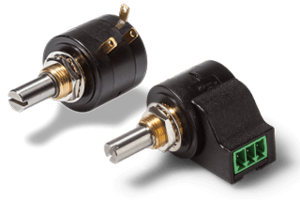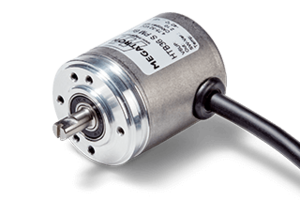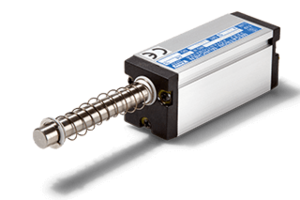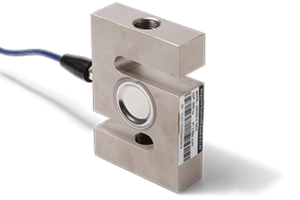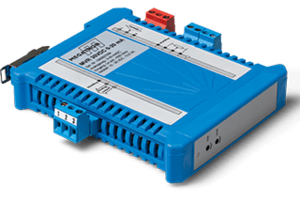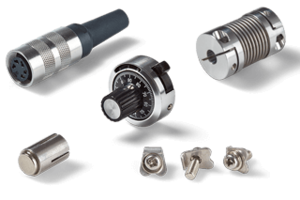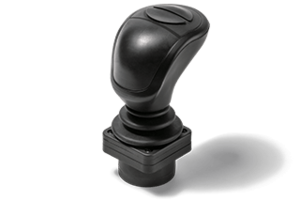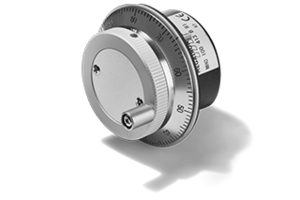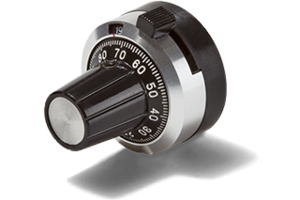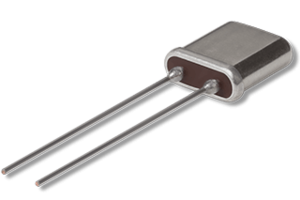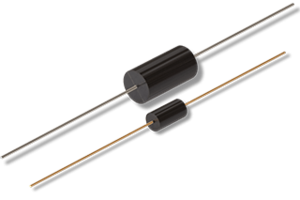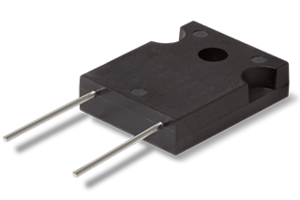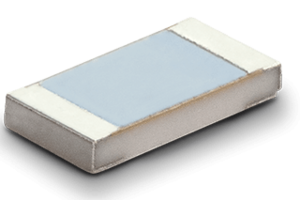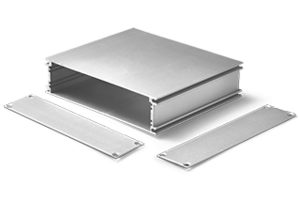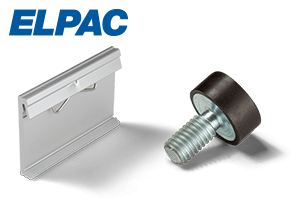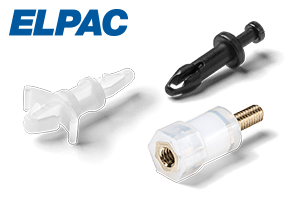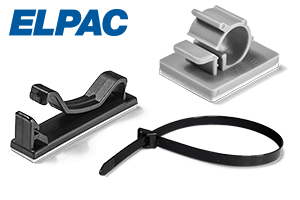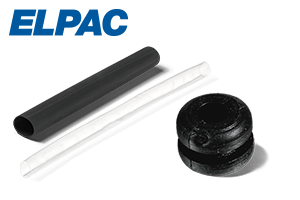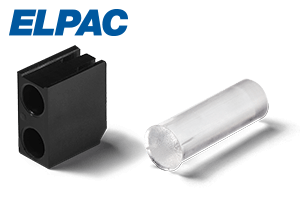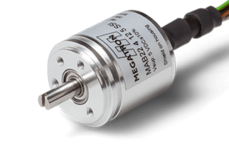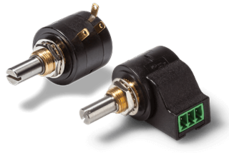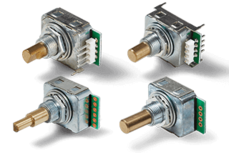Angle Sensors
Guide for Angle Sensors
Absolute angle encoders and optical angle sensors as well as potentiometers
Measuring angles of rotation in demanding applications often requires technical adaptation of the angle sensor to the specific application environment. MEGATRON is your expert in such cases. As part of our consultancy service, we will analyse your project with you and select the most suitable variant. The application itself always determines the choice of product.
The best possible solution may require optimization of the product. In simple cases, this may be a customized cable assembly, shaft geometry or programming of the output curve. In other cases, we make fundamental changes to the product, even for relatively small quantities.
Our aim is to provide each customer with the best functional and economic result. By delivering on time, we support you until the end of the product life cycle of your application. A complete package tailored to your needs. This has been our motto for over 60 years.
What is an angle sensor?
Angle sensors are used as a component in applications for sensory detection or specification of mechanical adjustments. The name angle sensor indicates that the sensor system measures an adjustment in angular degrees. Typically, an angle sensor is connected to the application via a sensor shaft and the position is determined by a rotary movement and direction of rotation. The degree of angle detected in this way is reported as an electrical signal to an evaluation unit and provides information about the adjusted path in the application. In addition to the mechanical design of angle encoders, the sensor technology used is a key factor in ensuring optimum quality and performance of the application.
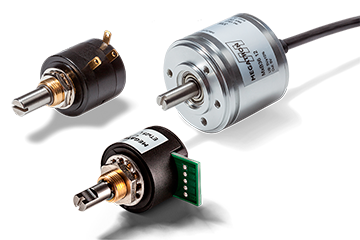
Angle sensor technologies
The choice of product variants is often so wide, but their characteristics are often so specific to the various technologies, that it can be difficult to choose the right product. As part of our consultancy service, we will discuss the optimum technical and economic solution with you. Online, we provide a short guide to angle sensors, which explains the subject briefly here. For more information, please refer to the relevant guides.
Sensor technology:
The sensor technology is decisive for the quality and function of the application. The sensor technology determines the characteristics of the sensor. Please familiarize yourself with the advantages and disadvantages of each technology for your application. Very often the choice can be narrowed down considerably.
- Potentiometric
- Magnetic (Hall)
- Optical
Our guides explain the technology for
- Potentiometers
- Encoders (with optical and magnetic technology)
Basic considerations for product decisions
Measuring range:
The measuring range of the angle that a sensor must measure is particularly important when selecting the technology. This is because single-turn sensors cover ranges of up to 360°, while multiturn sensors cover ranges above 360°, and can have different designs depending on the technology selected.
Environmental conditions:
What is the size, design, mounting, mechanics, materials and protection rating of the angle sensor? Are there any special requirements due to the prevailing environmental and application conditions? What is the life expectancy of the mechanics and sensors? What are the expected actuation speeds?
Electrical interfaces:
Which interface is best in terms of the required signal quality, information processing and environmental factors? Are analogue interfaces, such as voltage or current, or digital interfaces, such as SSI or SPI, most appropriate?
Electrical connections:
What connections are convenient for installation and maintenance? What space requirements, cable lengths or special environmental conditions need to be considered?
Accuracy:
How accurate does the measurement need to be and what environmental factors can affect the measurement? What are the requirements for linearity, hysteresis, repeatability, temperature drift and more?
 EN
EN DE
DE ES
ES FR
FR PT
PT IT
IT
